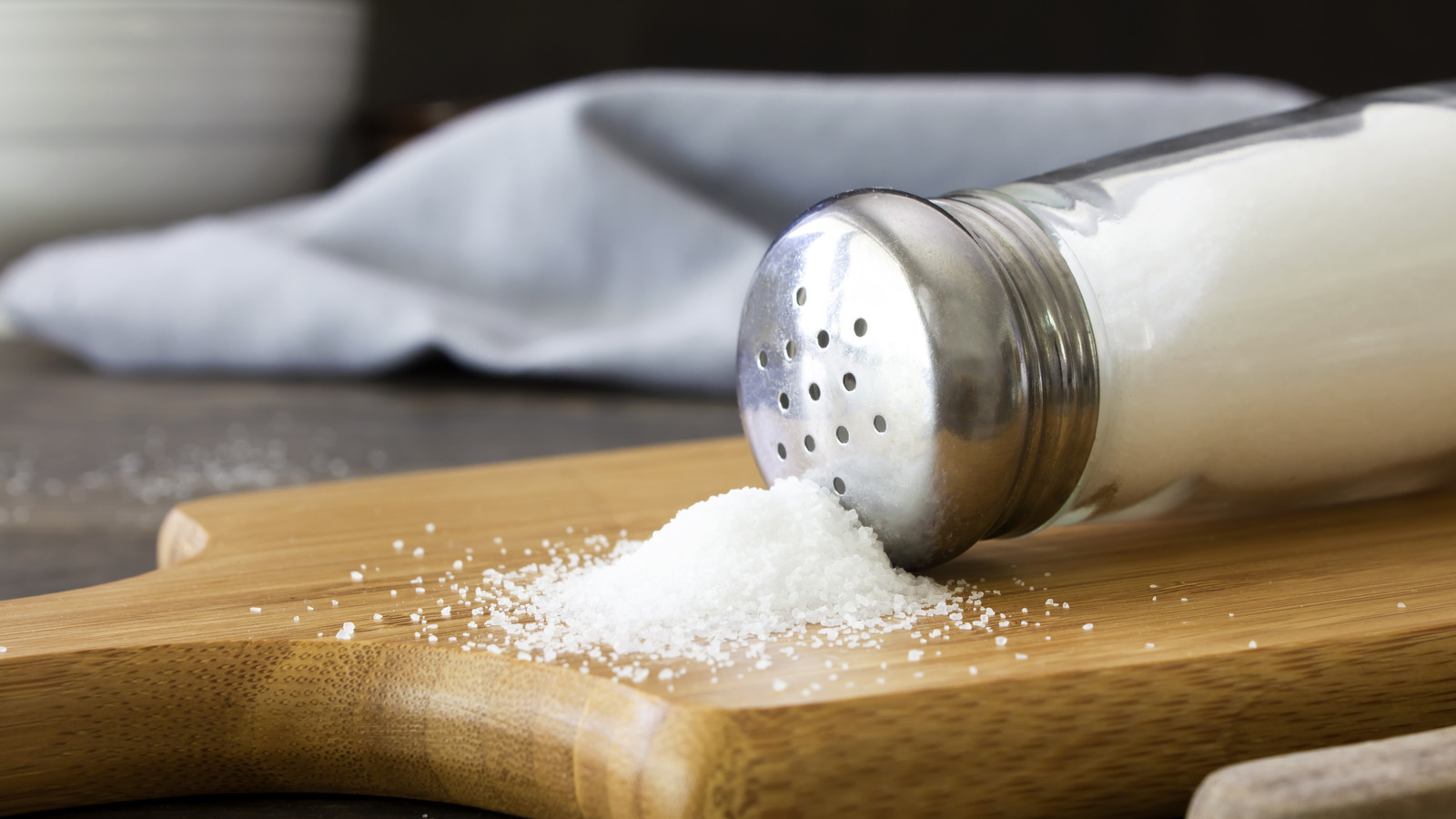
"Manufacturers will always add a "best by" date to salt, even if the product doesn't actually expire. After all, there's a reason salt has been used for millennia as a preservative to store foods for long-term use when refrigeration was not an option. Salt-curing meats, fish, and pickling vegetables are tried and true ways to use salt to add extra life to perishable products. That's because most microbes that cause foodborne illnesses cannot survive in salt."
"When stored properly, salts have a reasonably long shelf life. For instance, Kosher salt and table salt remain perfectly fine to use for an average of five years, while flakier salts such as Maldon sea salt will start losing their taste and beautiful texture after about three years. The same goes for pure salts such as Himalayan pink salt. Moreover, salts that are seasoned with herbs and spices are quicker to lose"
"However, salt can lose its flavor and potency, and certain types of salt may also clump or change in texture over time. This is especially true for salts that contain additives such as iodine, anti-caking compounds, or other ingredients such as those used in seasoned salts. Although they won't make you sick or affect your health in any significant way, you should check the pantry for salts you may have been keeping for a few years and make sure they are still worth using."
Salt does not technically expire but can lose flavor, potency, texture, or clump over time. Additives such as iodine and anti-caking agents and mixed ingredients in seasoned salts accelerate changes in taste and texture. Manufacturers label salt with a "best by" date despite its preservative properties and historical use for curing and pickling, because quality can decline. Different salt types vary in longevity based on source, processing, and storage. Proper storage extends shelf life: common table and Kosher salts remain usable for about five years, while flakier salts lose texture sooner.
Read at Tasting Table
Unable to calculate read time
Collection
[
|
...
]